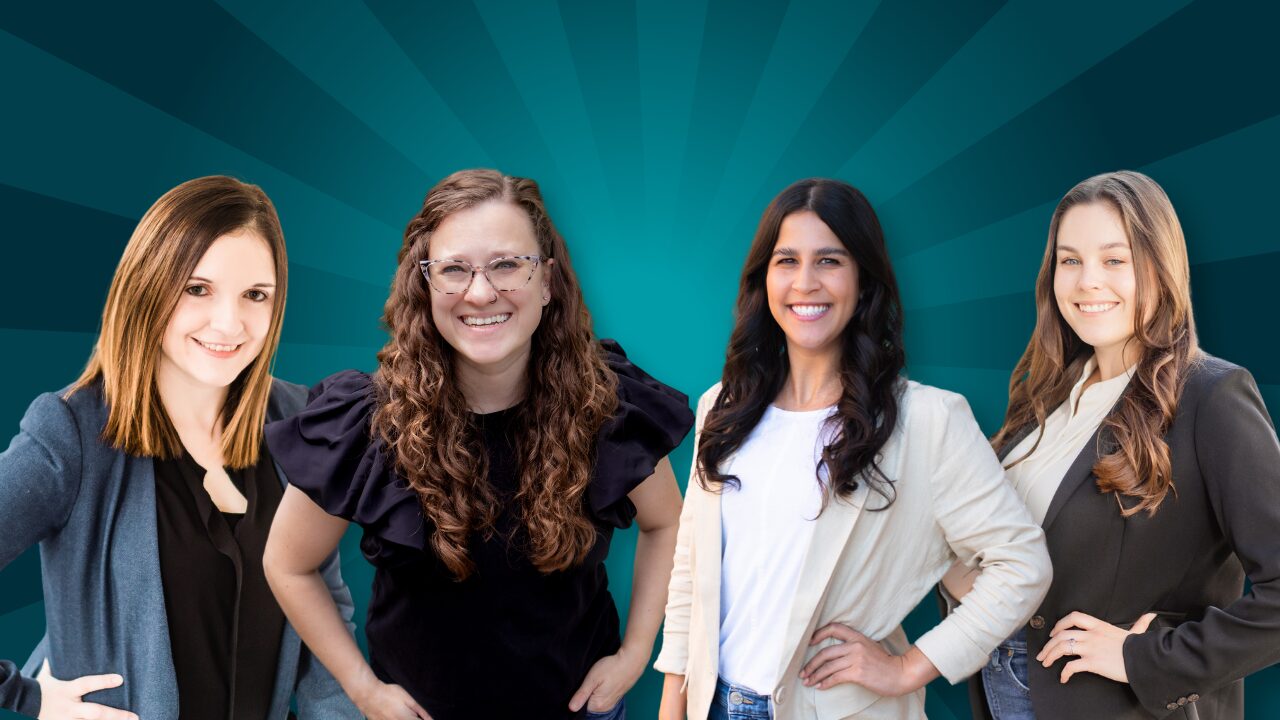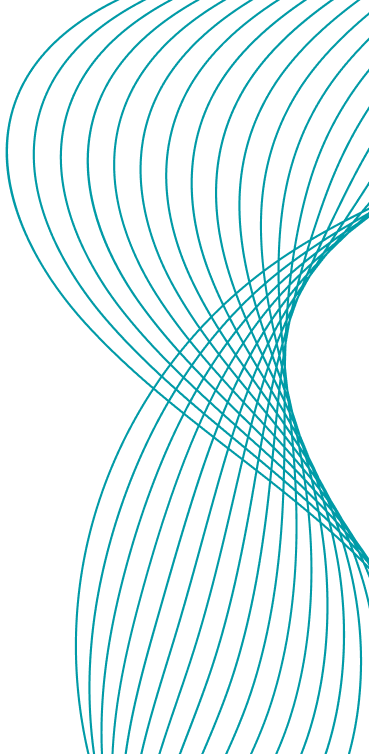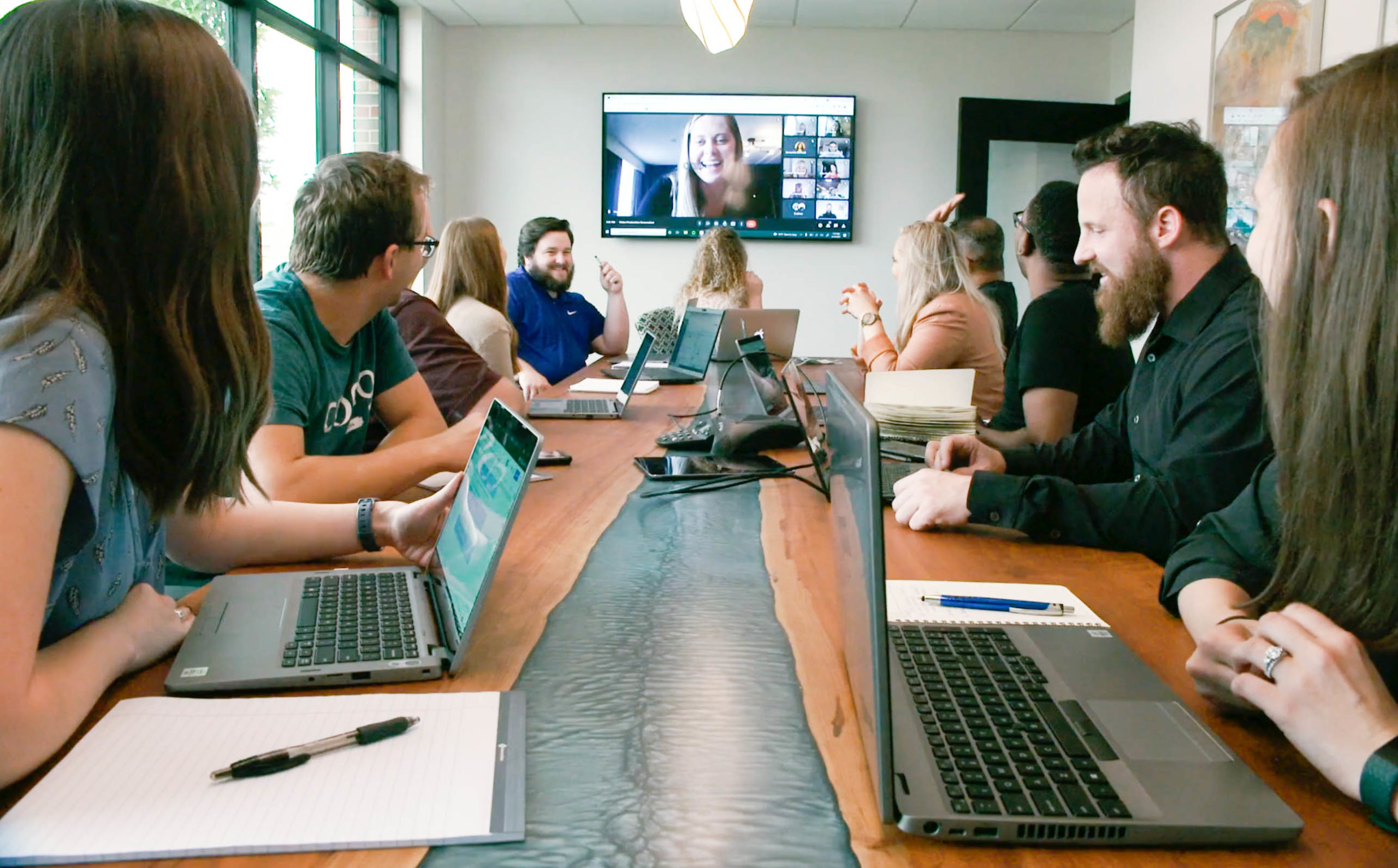When most people think of advertising, they picture memorable visuals like striking billboards, clever Super Bowl ads, and eye-catching social media content. But what often gets overlooked is the engine behind those visuals: data.
The best marketing campaigns aren’t purely creative or purely analytical – they’re the product of a strategic balance between the art and science of advertising. Creative assets win attention, but it’s data that guides where, when, and how to deliver them for maximum impact.
What the Art and Science of Advertising Actually Mean
Let’s break it down.
- The science is your data: the insights, targeting, measurement frameworks, testing plans, and optimizations that ensure each campaign is built on evidence, not assumptions.
- The art is your story: the visual language, tone, and emotional resonance that capture attention and inspire action.
These two disciplines might seem at odds, but they’re interdependent. One without the other is incomplete. Art without data risks missing the mark; data without art lacks human connection. Sustainable brand growth requires both.
Why You Need Both to Build a Brand
The science of advertising often happens behind the scenes, whether it’s audience research, A/B testing, media planning, or performance analytics. Meanwhile, creative work is more visible: the colors, copy, and concepts audiences interact with daily.
At Coegi, we believe the strongest campaigns are powered by collaboration between creative and performance experts.
This collaboration works especially well when teams align around shared goals. Whether you’re working with one full-service partner or a network of specialized agencies, what’s essential is consistent communication and a mutual focus on business outcomes.
How to Use Data to Inform Creative Strategy
At Coegi, we like to say we’re the science fueling the art.
We begin every campaign by analyzing audience behaviors, industry trends, and brand performance. Using these insights, we shape strategy and media planning. From there, it’s about using data to guide, but not constrain, creative expression.
Here’s how we bridge the two:
- Audience-first thinking: We dive into who your customers are and what motivates them, turning raw data into creative cues.
- Measurement frameworks: Before a campaign launches, we build KPIs tied to business outcomes, not just vanity metrics.
- Agile optimizations: Once live, we apply real-time learning to adjust placements, messaging, and delivery to improve ROI.
While 75% of an ad’s impact can be tied to creative quality, great creative alone isn’t enough. It has to show up in the right place, at the right time, with a message that’s tailored to the audience.
That’s where science does its heavy lifting: not replacing creativity, but making it work harder.
Think of your marketing strategy as the canvas. The creative may be the paint, but strategy provides structure. Every decision – messaging, format, timing, placement – should be grounded in a clear understanding of what success looks like.
When creative teams and performance marketers work together from the start, strategy becomes a launchpad. That’s how we ensure every campaign is not only beautiful, but measurable and aligned with brand growth goals.
Collaboration Is the Real Competitive Advantage
Ultimately, success doesn’t come from art or science alone. It comes from teams that respect and understand the value of both.
In high-performing marketing organizations, there’s no handoff between creative and media; it’s an ongoing dialogue where teams share insights, challenge assumptions, and build together. That collaboration creates campaigns that are not just smarter, but more meaningful.
When creative and data experts co-create, boundaries fade. You don’t just execute a campaign, you shape a cohesive brand experience. One that speaks to the heart and the head.
The future of advertising isn’t about choosing between art and science – it’s about learning how to integrate both. It’s in the tension and the teamwork that magic happens.
So the next time you’re planning a campaign, ask yourself:
- Are your creatives informed by real audience insights?
- Is your strategy flexible enough to adapt to performance learnings?
- Do your teams speak a shared language across creative and media?
If the answer is yes, you’re not just running ads. You’re building a brand with intention, creativity, and precision.
Learn more:






